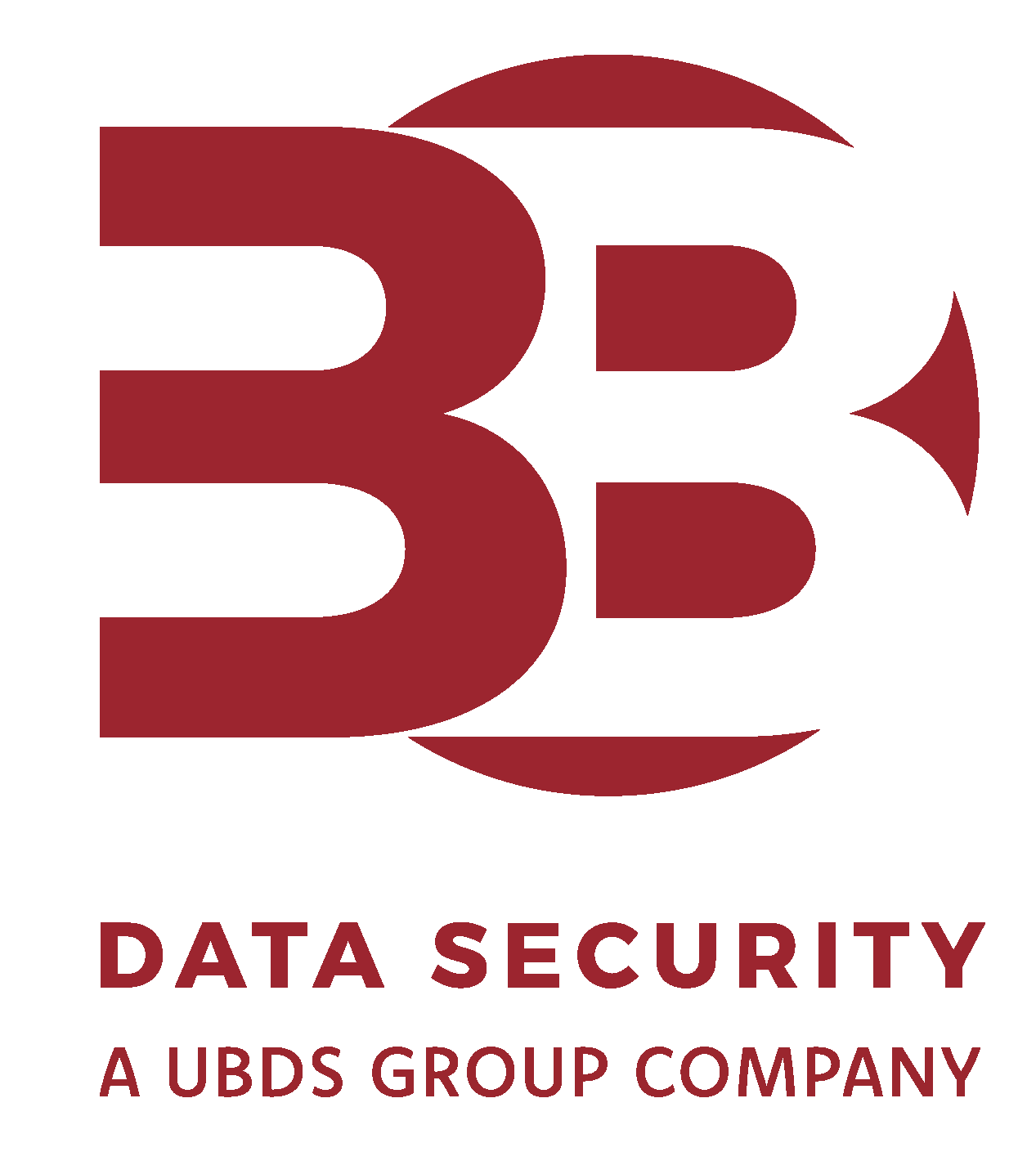Black Friday is not just a day for great deals, but also a peak season for cybercriminals. Awareness is key to staying safe.
In this blog, we’ll dive into the most common cyber threats you should watch out for during the Black Friday period.
Phishing Scams
Phishing attacks during Black Friday often involve emails or messages that mimic well-known retailers, complete with logos and branding. These messages might promise exclusive deals or urgent prompts to update personal details.
How to spot a phishing scam:
- Look for generic greetings, poor grammar, and sender email addresses that don’t match the actual retailer’s domain.
- Hover over any links to see if they redirect to legitimate websites.
Prevention tips:
- Never provide personal information in response to an email.
- Independently navigate to the retailer’s website by typing the URL into your browser.
- Use email filters and regularly update your spam settings.
Fake Websites
Cybercriminals set up counterfeit websites that closely resemble legitimate online retailers. These websites might offer high-demand products at significantly reduced prices to lure in victims.
How to spot a fake website:
- Check for HTTPS in the URL, look for a padlock symbol in the browser, and be wary of sites with poor design or that lack contact information.
- Be suspicious of websites with overly aggressive pop-up ads.
Prevention tips:
- Bookmark reliable shopping websites.
- Use web tools or browser extensions that verify the authenticity of a website.
- When in doubt, search for reviews or complaints about the site online.
Social Media Scams
Scammers use social media platforms to advertise fake Black Friday deals. These might lead to fraudulent websites or offer counterfeit or non-existent products.
How to spot a social media scam:
- Verify the legitimacy of any social media ad by checking the profile, follower count and other posts. It’s often easy to tell a scam/brand imitation page.
- Check for user reviews and comments.
- Be sceptical of deals that seem too good to be true.
Prevention tips:
- Directly visit the retailer’s official site rather than clicking through from social media.
- Use ad blockers to reduce exposure to potentially malicious ads.
Skimming and E-skimming
Skimming devices installed on physical card readers steal credit card information. E-skimming is the digital equivalent, where hackers inject malicious code into online shopping sites to steal card details.
How to spot skimming and e-skimming attacks:
- Be alert to any odd charges on your account.
- Watch out for slow-loading websites or unusual checkout pages.
Prevention tips:
- Use payment methods with strong fraud protection, like credit cards or secure payment services.
- Regularly update your computer’s security software to protect against malware.
Navigating Black Friday safely requires a mix of vigilance, knowledge, and the right tools. By being aware of these common cyber threats and adopting preventive measures, you can significantly reduce the risk of becoming a victim.
To help organisations navigate through the increased volume of cyber threats over the holiday period and prepare themselves for the New Year, we’re offering a FREE Open-Source Threat Assessment.
Get in touch with our team today to find out more and book your FREE assessment.







